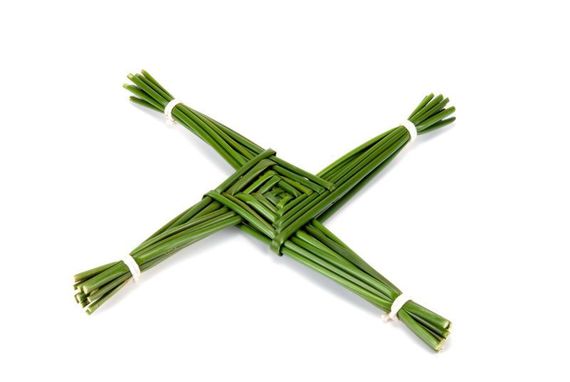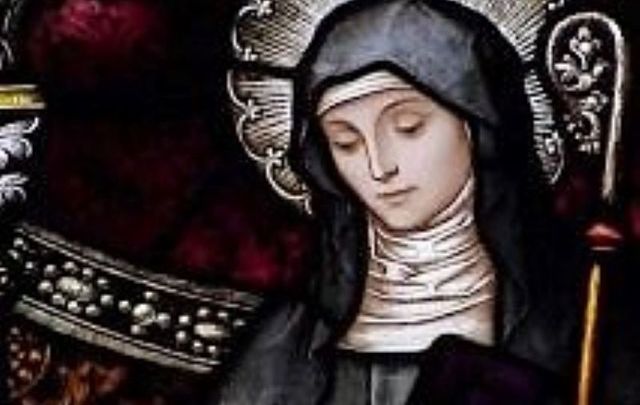Was Saint Brigid even a person at all?
The first thing you need to know about St. Brigid is that there is a debate about whether she was a person at all.
Read More: The enduring traditions of St. Brigid's Day
That's because behind her stands a great pre-Christian Irish goddess with the same name, same associations and even the same feast day - and there are just as many events, legends, cures and folk customs associated with her divinity.
Brigid, or Brid, was the mother goddess of pre-Christian Ireland and some scholars suggest that that the latter-day saint simply purloined the goddess's attributes.
Medieval art historian Pamela Berger famously argues that Christian monks "took the ancient figure of the mother goddess and grafted her name and functions onto her Christian counterpart."
The goddess Brigid is associated with the spring, fertility, healing, and poetry. Her feast day is Imbolc, literally meaning "the womb," which falls on the 1st of February.
But the famous Brigid's "cross" is most likely not a cross at all but a pre-Christian sun wheel that points to the four seasons. Most scholars believe its origins vastly predate any Christian associations.

Saint Brigid's cross (Getty Images)
So when you celebrate the Christian saint nowadays you are doing the very Irish thing of hedging your bets and also celebrating the Irish mother goddess standing behind her too.
And likely she's more craic. I'm just saying.
Read More: How Brigid went from a Celtic goddess to Catholic saint
How do you celebrate St. Brigid's Day or Imbolc? Let us know in the comments!




Comments